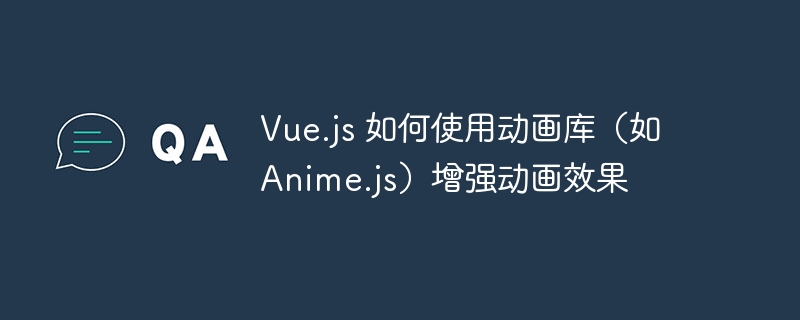Vue组件通讯中的数据共享方案比较
在Vue项目中,组件通讯是一项非常重要的功能。而在组件通讯过程中,数据共享是一个非常常见的需求。在Vue中,我们有多种方式来实现组件之间的数据共享,本文将对这些数据共享方案进行比较,并给出相应的代码示例。
一、父子组件通讯
父子组件通讯是最常见的一种数据共享方式。通过props属性可以将数据从父组件传递到子组件中。
父组件示例:
<template>
<div>
<child-component :message="message"></child-component>
</div>
</template>
<script>
import ChildComponent from './ChildComponent.vue'
export default {
data() {
return {
message: 'hello world'
}
},
components: {
ChildComponent
}
}
</script>子组件示例:
<template>
<div>
{{ message }}
</div>
</template>
<script>
export default {
props: {
message: {
type: String,
required: true
}
}
}
</script>通过props属性,父组件可以将message数据传递给子组件,子组件在template中使用{{ message }}即可访问该数据。
二、兄弟组件通讯
兄弟组件通讯是指两个没有直接父子关系的组件之间进行数据共享。在Vue中,可以通过事件总线来实现兄弟组件之间的数据传递。
事件总线示例:
// eventBus.js
import Vue from 'vue'
export default new Vue()
// ComponentA.vue
<script>
import eventBus from './eventBus.js'
export default {
data() {
return {
message: 'hello world'
}
},
methods: {
sendData() {
eventBus.$emit('message', this.message)
}
}
}
</script>
// ComponentB.vue
<script>
import eventBus from './eventBus.js'
export default {
data() {
return {
receivedMessage: ''
}
},
created() {
eventBus.$on('message', message => {
this.receivedMessage = message
})
}
}
</script>事件总线首先需要在Vue实例上进行声明,然后通过$emit方法触发事件,再通过$on方法监听事件并接收数据。
三、Vuex状态管理
Vuex是一个专为Vue.js设计的集中式状态管理库,可以在多个组件中共享状态数据。使用Vuex可以方便地管理组件之间的公共数据,并进行统一的状态调度。
Vuex示例:
// store.js
import Vue from 'vue'
import Vuex from 'vuex'
Vue.use(Vuex)
export default new Vuex.Store({
state: {
message: 'hello world'
},
mutations: {
updateMessage(state, payload) {
state.message = payload
}
},
actions: {
updateMessage({ commit }, payload) {
commit('updateMessage', payload)
}
},
getters: {
getMessage(state) {
return state.message
}
}
})
// ComponentA.vue
<script>
export default {
methods: {
updateMessage() {
this.$store.dispatch('updateMessage', 'new message')
}
}
}
</script>
// ComponentB.vue
<script>
export default {
computed: {
message() {
return this.$store.getters.getMessage
}
}
}
</script>在Vuex中,通过state属性来定义共享的数据,通过mutations属性来修改共享数据的方法,通过actions属性来触发mutations方法,通过getters属性来获取共享数据。
四、provide/inject
在Vue 2.2.0版本之后,新增了一对API:provide和inject。通过provide可以在祖先组件中提供数据,然后在子孙组件中通过inject来注入这些数据。
provide/inject示例:
// ParentComponent.vue
<template>
<div>
<child-component></child-component>
</div>
</template>
<script>
export default {
provide: {
message: 'hello world'
}
}
</script>
// ChildComponent.vue
<template>
<div>
{{ injectedMessage }}
</div>
</template>
<script>
export default {
inject: ['message'],
computed: {
injectedMessage() {
return this.message
}
}
}
</script>通过在祖先组件的provide属性中提供数据,再在子孙组件的inject属性中注入这些数据,就可以实现数据的共享。
五、LocalStorage/SessionStorage
如果需要在不同的页面之间共享数据,可以使用LocalStorage或SessionStorage来存储数据。
LocalStorage示例:
// 存储数据到LocalStorage
localStorage.setItem('message', 'hello world')
// 从LocalStorage获取数据
const message = localStorage.getItem('message')SessionStorage示例:
// 存储数据到SessionStorage
sessionStorage.setItem('message', 'hello world')
// 从SessionStorage获取数据
const message = sessionStorage.getItem('message')LocalStorage和SessionStorage是浏览器自带的API,可以将数据存储到本地,并可以在不同的页面之间读取这些数据。
以上是几种常见的Vue组件通讯中的数据共享方案,根据实际需求选择合适的方式可以更好地实现组件之间的数据共享。

